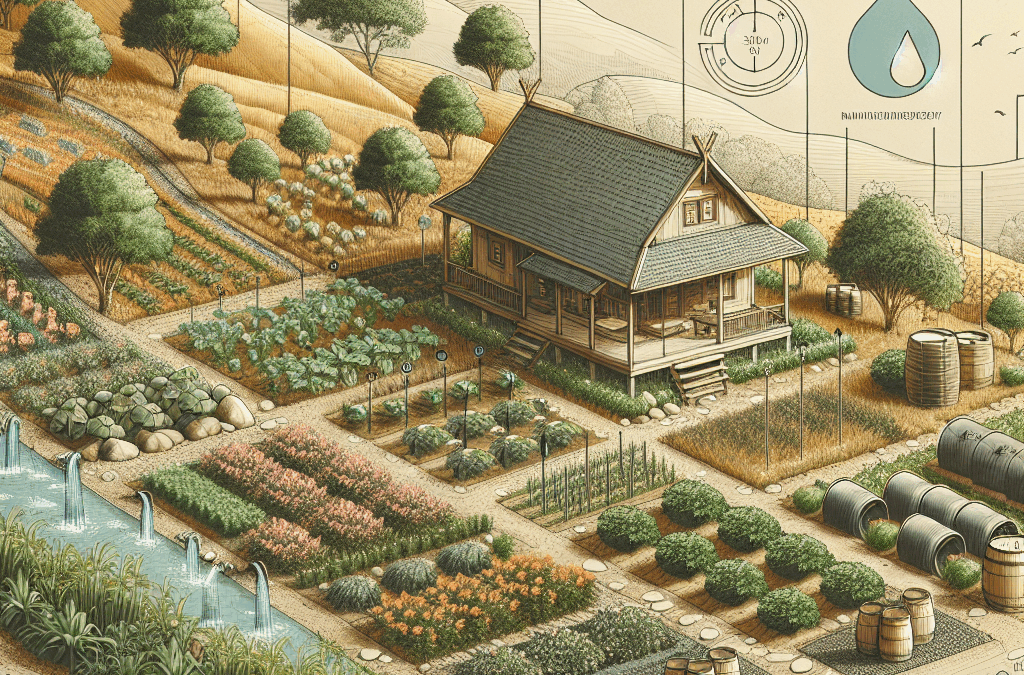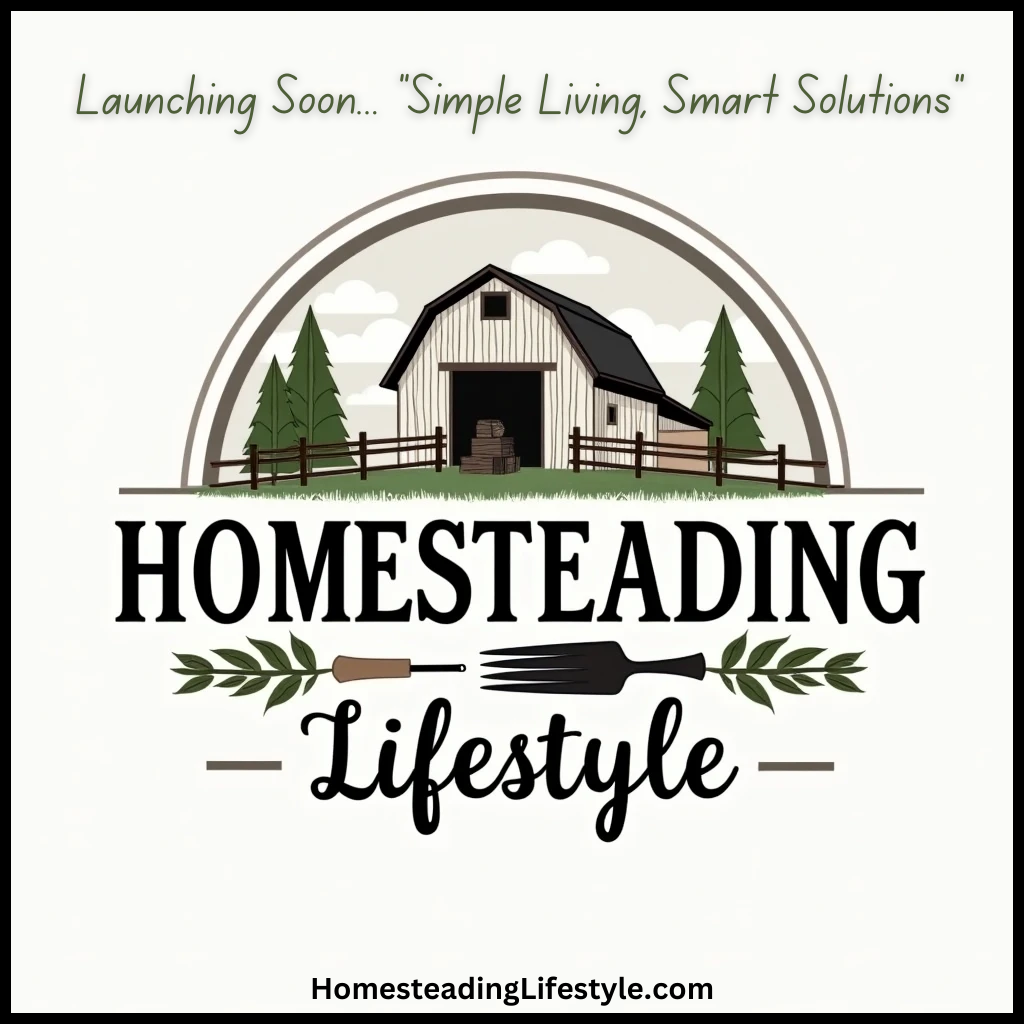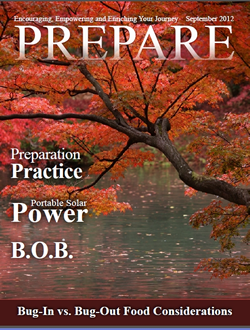1. Designing for Efficiency
Understanding Your Landscape
When I first set out to design my water-efficient homestead, I realized that understanding the natural features of my landscape was key. I took the time to analyze where the sun shines, where the wind blows, and how water naturally flows across my property. These factors greatly influenced where I would plant my garden, lay paths, and put in trees.
By sketching out the naturally occurring areas of shade and sun, I was able to create zones that cater to different plants’ needs. For example, I placed thirsty plants closer to areas where water tends to pool and drought-resistant species further out. This intuitive design minimized water waste, which is a win-win for my garden and my water bill!
Feeling the earth and taking note of its quirks made the entire process much more fulfilling. It wasn’t just about efficient use of water; it was about developing a symbiotic relationship with the land that nurtured my homestead.
Choosing the Right Plants
Another crucial step was selecting the right plants for my climate. Native plants are not only more resilient but they also require less water. I spent hours researching which varieties would thrive in my local conditions. Remember, each area has its own unique ecosystem, and plants that belong to your region are more likely to flourish with minimal input from you.
While it might be tempting to plant flashy exotics, I found that native species provide stunning beauty and are far less demanding when it comes to irrigation. This not only saved me water but also reduced my time spent on maintenance. Plus, it’s rewarding to see bees and butterflies flocking to my garden, supporting local wildlife!
Don’t overlook companion planting either; certain plants can benefit each other. For instance, putting herbs alongside vegetables not only helps with pest control but can also create a microclimate that retains moisture better.
Implementing Water Management Techniques
Managing water in a smart way felt like my secret weapon. I installed a rainwater catchment system that collects runoff from my roof. It was surprisingly easy and cost-effective. With a couple of barrels, I began to see a significant reduction in my water usage, especially during dry spells.
I also embraced techniques like drip irrigation. This system applies water directly to the roots of plants, cutting down on evaporation and runoff. My plants responded with vivid growth, and I turned my previously thirsty landscape into a flourishing habitat with much less water input.
Lastly, I learned the importance of mulching to retain soil moisture. A generous layer of mulch around my plants not only conserved water but also kept weeds at bay. It’s funny how a simple tweak like this can make a world of difference!
2. Building Soil Health
Understanding Soil Composition
Soil health is the foundation of a water-efficient landscape, and wow, I’ve learned so much about what goes into it. I started by getting my soil tested to know its pH and nutrient levels. This initial step was super informative, as it highlighted what I needed to add for optimal plant growth. I would say, don’t skimp on this; the results can be surprising!
Once I understood my soil, I began to amend it organically—adding compost and aged manure helps enhance soil structure. This not only improved drainage but increased the soil’s capacity to hold moisture,” which is crucial for arid conditions.
Remember, healthy soil means healthy plants. This foundational support allows you to reduce irrigation needs without sacrificing your crop yields. Pay attention to how your soil behaves, and you’ll start to see how it directly impacts your success.
Practicing No-Till Gardening
No-till gardening has transformed my approach to growing food. By letting nature do its thing, I’ve noticed fewer weeds and better moisture retention. I simply layer organic materials on top of the ground, right where I intend to plant. As these materials break down, they feed into the soil below, enhancing its quality.
Shifting to a no-till method also means that my precious soil structure remains intact, allowing it to retain water. There’s something deeply satisfying about connecting with the soil without disruptive tilling that can lead to a loss of moisture and nutrients.
Trust me, give no-till gardening a try! It’s like inviting a team of tiny organic workers to help you on your homestead. The results are worth the wait, and it feels good to work with nature instead of wrestling against it!
Encouraging Soil Biodiversity
The more I learned about soil, the more I realized that encouraging biodiversity was crucial to my plants’ health—and water efficiency! Earthworms, fungi, and beneficial bacteria contribute to a thriving ecosystem that improves soil structure and moisture retention.
I actively work on planting cover crops during the off-season. Not only do they protect the soil, but they also add nutrients when tilled back into the ground. It’s like giving my garden a little boost just when it needs it!
Creating a diverse garden means not only planting various species but also fostering an environment for beneficial creatures. I’ve even learned to embrace a few “weeds,” as they often signal better soil health and can sometimes be utilized in my cooking.
3. Utilizing Water Resources Wisely
Effective Irrigation Strategies
Finding efficient ways to water my garden has been a game changer. A big part of this was switching from overhead irrigation to targeted systems like drip irrigation. It’s an absolute lifesaver for my water usage, directing moisture exactly where it needs to go without wasting a drop.
I got creative, too. I repurposed items like old hoses and buckets to further minimize waste. Focusing on techniques that ensure water goes to roots rather than through the air is definitely the way to go if you want to maintain a lush garden without drowning your budget!
Also, I learned to water during the cooler parts of the day—early morning or late evening—when evaporation is at its lowest. This small shift dramatically increased the efficiency of my watering efforts.
Incorporating Greywater Systems
One of my proudest moments in creating a water-efficient homestead was figuring out a greywater system. I began diverting water from my sinks and showers to use on non-edible plants. It’s amazing how much water can go down the drain that can be redirected!
This was a bit of a DIY project, but I found resources that really helped in setting it up safely and efficiently. It felt so good to repurpose what would otherwise go to waste. Plus, I saw my plants thriving as a result!
That said, always check local regulations on greywater systems. Every community has different rules, and it’s essential to be in compliance to make the most out of what you have.
Harvesting Rainwater
Harvesting rainwater turned out to be one of the best investments I made. I started small with a couple of barrels under my gutters to catch runoff from my roof. Seriously, rainwater is like liquid gold for my garden!
As I became more invested, I expanded my system with a few more barrels—enough to ensure that even during dry spells, I had a stash to keep my plants happy. I highly recommend considering where you can set this up; it’s a game changer in water sustainability.
In addition to volume, rainwater is much softer than tap water, free from salts and chemicals, which makes plants thrive. It’s definitely added an extra layer of health and growth to my homestead landscape!
4. Creating Microclimates
Utilizing Natural Features
Microclimates are these magical pockets of different climate conditions created by your landscape. I learned that by taking advantage of existing natural features—like hills, trees, and buildings—I could provide shade or shelter to sensitive plants.
For instance, I planted my sun-loving herbs in the sunnier spots and placed my heat-sensitive leafy greens where they could enjoy a little afternoon shade. This clever arrangement helped in reducing water evaporation and kept my plants healthy.
I also noticed how water pools in certain spots during heavy rain. By planting water-loving plants in these spots, I was able to utilize those wet areas effectively, creating a thriving ecosystem rather than a muddy mess!
Planting Windbreaks
Wind can be incredibly drying, especially in peak summer months. Building windbreaks with shrubs or trees has dramatically improved moisture retention in my garden. Strategically placing these around vulnerable crops has also reduced wind damage.
These windbreaks served double duty, too. They attracted beneficial insects and birds while providing a habitat for local wildlife. It gives my landscape layers of purpose while also sticking it to those harsh summer winds!
Over time, I’ve watched just how effective these natural barriers are. By reducing wind speed and creating a calmer environment, I’ve helped maintain humidity levels, which contributed to a healthier overall growing atmosphere.
Installing Garden Structures
Don’t overlook garden structures in your quest for creating microclimates! Things like trellises and pergolas can create shade for your plants below. I had fun setting up a few spots to grow climbing beans and cucumbers, which then provided shade to lower layers and conserved water as a result.
These structures also contribute a sense of design and beauty to your landscape. I mean, who doesn’t love a romantic garden archway filled with flowering vines? It brings moments of joy beyond just their functional benefits!
In this way, garden structures become a critical aspect that adds dimension while profoundly influencing how moisture is maintained in your homestead.
5. Educating Yourself and Others
Learning from Experience
Throughout this journey of creating a water-efficient homestead landscape, I cannot stress enough how essential it is to keep learning. There are countless resources available, from books and blogs to local workshops. I’ve tapped into many of them, absorbing knowledge like a sponge.
Every failure in my garden has taught me something new. By jotting down these lessons, I’ve built a library of experiences over time—many of which I wish I had known at the beginning of my homesteading adventure.
Every season brings new challenges and opportunities. Embracing them has helped me adapt my landscape, ensuring that it not only remains beautiful but becomes increasingly water-efficient as well.
Sharing Your Journey
Don’t keep your knowledge to yourself! I’ve found that sharing my experiences with friends and neighbors not only helps them but also benefits my own learning. When you talk about what’s worked and what has flopped, it becomes a collaborative journey.
Consider starting a community group that focuses on homesteading and sustainability. I’ve seen amazing ideas and projects emerge from these get-togethers. Plus, when you bring folks together, you create a community that can support each other through challenges.
It’s exciting to think about how a shared vision can lead to greater water-efficient practices in our neighborhoods. When people gather to learn, the ripple effect can inspire deeper changes in attitudes towards water conservation!
Advocating for Water Conservation
Lastly, advocating for water conservation initiatives in your community can have long-lasting impacts. Attend town meetings, join environmental groups, or even create campaigns that highlight the importance of sustainable practices.
Every little effort counts! I’ve seen how grassroots movements can lead to changes in local policies or educational programs aimed at promoting water efficiency. It’s heartening to feel part of something larger than oneself.
Being an advocate allows me to pass on knowledge and resources to those who may not be exposed to ideas about water-efficient landscaping. It’s about crafting a better world one garden at a time!
FAQ
1. What are the best plants for a water-efficient garden?
Native plants are typically the best options for a water-efficient garden, as they are adapted to the local climate and require less water. Drought-resistant varieties, such as lavender, succulents, and certain grasses, also work wonders!
2. How can I start collecting rainwater?
Begin by installing rain barrels underneath your downspouts to catch runoff. Make sure the barrels have proper lids to prevent debris and mosquitoes from breeding. Always check local regulations regarding rainwater harvesting!
3. What is the purpose of mulching in a homestead landscape?
Mulching helps retain soil moisture, suppress weeds, and improve soil health as it breaks down over time. It’s a simple and effective way to enhance your garden’s efficiency while adding a neat appearance!
4. How do I know if my soil is healthy?
You can assess soil health by checking for good structure, moisture retention, and a living community of organisms like worms and beneficial microbes. Testing for pH and nutrients can also provide insights on what it might need.
5. What are some effective irrigation methods?
Drip irrigation and soaker hoses are excellent for minimizing water waste. These systems deliver water directly to the plant roots, reducing evaporation and runoff. Hand-watering is also effective when done efficiently.





